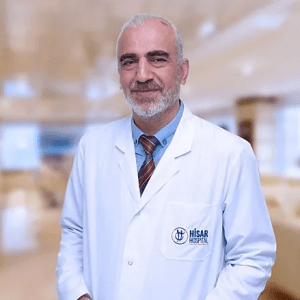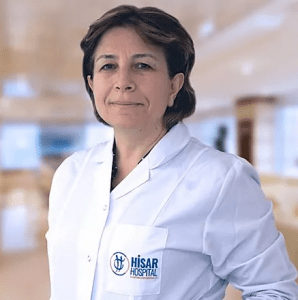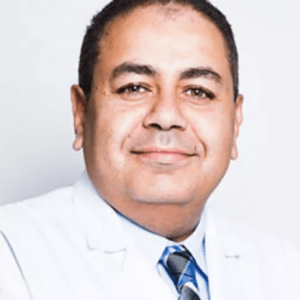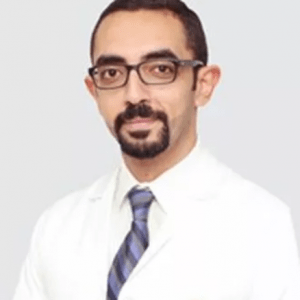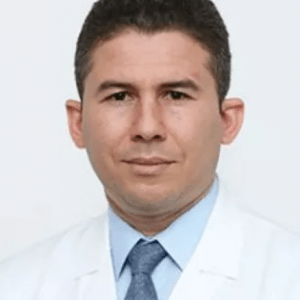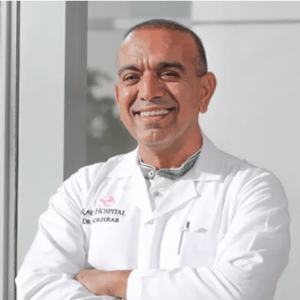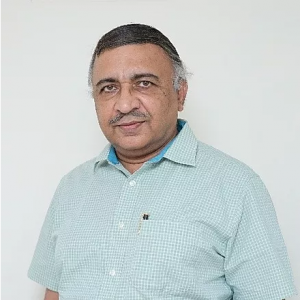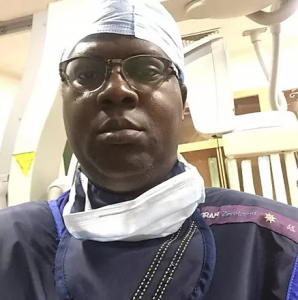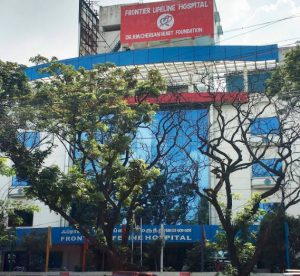Arteriovenous Malformation (AVM)
AVM stands for Arteriovenous Malformation. An AVM is a tangle of abnormal and poorly formed blood vessels (arteries and veins). They have a higher rate of bleeding than normal vessels. AVMs can … Read More
Top Doctors For Arteriovenous Malformation (AVM) Treatments
Top Hospitals For Arteriovenous Malformation (AVM) Treatments
Arteriovenous Malformation (AVM)
AVM stands for Arteriovenous Malformation, is a tangle of abnormal and poorly formed blood vessels (arteries and veins). They have a higher rate of bleeding than normal vessels. AVMs can occur anywhere in the body. Brain AVMs are of special concern because of the damage they cause when they bleed. They are very rare and occur in less than 1% of the general population. AVMs that occur in the coverings of the brain are called dural AVMs.
Treatment is done to prevent bleeding from the AVM. Bleeding may injure the surrounding brain resulting in a stroke, with possible permanent disability or even death. The risk of bleeding is 4% per year, which means that 4 out of every 100 people with an AVM will have a bleed (hemorrhage) during any one year. AVM’s may also produce headaches, seizures, and progressive paralysis, and the treatment may alleviate these symptoms.
There are three main tests that are used to diagnose AVMs, these are
- • Cerebral Angiography (Angiogram)
- • Magnetic resonance imaging (MRI)
- • Computerized Tomography (CT scan)
Your doctor will recommend the treatment for you which is determined by the size of your AVM and also the location. It is not uncommon to recommend a combination of treatments. Another option is to do nothing at all and just monitor the AVM. Your doctors may recommend observation if they feel that treatment can not be offered safely or when an AVM is discovered at a late age.
Embolization: Under general anesthesia, a small catheter (plastic tube) is advanced from the groin, into the brain vessels and then into the AVM. A liquid, non-reactive glue is injected into the vessels which form the AVM to block the AVM off. There is a small risk to this procedure and the chances of completely curing the AVM using this technique depend on the size of the AVM. It is frequently combined with other treatments such as radiation or surgery.
Radiation Treatment: This treatment is also known as Radiosurgery or Stereotactic Radiotherapy. A narrow x-ray beam is focused on the AVM such that a high dose is concentrated on the AVM with a much lower dose delivered to the rest of the brain. This radiation causes the AVM to shrivel up and close off over a period of 2-3 years in up to 80% of patients. The risk of complications is low. Until the AVM is completely closed off, the risk of bleeding still persists.
Surgery: This is the oldest method for treating AVMs. The AVM is surgically removed in an operating room under general anesthesia. Since AVMs do not grow back, the cure is immediate and permanent if the AVM is removed completely. The risks of surgery are considered to be high for AVMs that are located in deep parts of the brain with very important functions.
Symptoms
A variety of symptoms may be produced which will depend on the location and size of the AVM. Common problems including:
1. Seizures: An AVM in the brain may act as an irritant resulting in abnormal electrical activity. Seizures may develop as a result of this hyperactivity.
2. Headache: Headaches may be caused by the high blood flow through the AVM. These headaches may be similar to a migraine or be actual migraines. They may be mild or quite disabling. Sudden, severe headaches can be caused by bleeding. These headaches are often followed by nausea, vomiting, neurological problems, or a decreasing level of consciousness.
3. Stroke-like symptoms: Brain AVMs may cause stroke-like symptoms by depriving the nearby brain tissue of oxygen and nutrients. The symptoms vary with the location of the AVM and include:
• Weakness or paralysis on one side of the body
• Numbness and tingling
• Problems with vision, hearing, balance, memory and personality changes
4. Bleeding: This is the most serious complication of an AVM. It is the main reason for recommending treatment. Bleeding from an AVM will occur in about 4 out of 100 people with a brain AVM every year. Sometimes, a bleed may be small and produce no noticeable symptoms. Approximately 50% of the bleeds are significant with permanent disability in half of these cases and death in the other half.
Note: It is important to know that an AVM can be present and not produce any symptoms.
Causes
The cause is not known. AVMs are thought to be due to abnormal development of blood vessels in utero and may be present since birth. Most AVMs are not inherited with the exception of a condition called H.H.T. An AVM is not a cancer, and does not spread to other parts of the body. Dural avms, in adults are an acquired disorder that can occur following an injury.
FAQ
Where does arteriovenous malformation occurs in the body?
Arteriovenous malformation can occur anywhere in the body where there are arteries and veins. It cause severe symptoms when it occurs in the brain or spinal cord.
What are the main symptoms for AVM?
The symptoms of AVM vary with it’s location, size and the location of the blood vessel in which it is present. Generally for brain AVM,symptoms are headache, seizures, confusion. In AVM of spinal cord, there is inability to move, lack of coordination. In abdomen and chest AVM,back pain, chest pain occurs. This is accompanied by irregular sound in the blood vessels that are effected.
How is AVM diagnosed?
CT scan, MRI and angiography is done to confirm AVM.
What are the treatment options for AVM?
Firstly, medication is prescribed to cure pain and seizures. Then there is also an option for surgery, that aims at repairing the damaged blood vessels or removing them.
How can AVM be managed?
AVM can be managed by managing the blood pressure, by avoiding blood thinners, taking medication for bleeding problems and pain and also keeping in touch with the doctor.
How is surgery done for treating AVM?
The surgery for AVM includes opening of the skull under general anaesthesia and then locating the AVM. The AVM is then shrunken from the normal brain tissue by various techniques like laser.
How much time it takes to recover from an AVM surgery ?
It takes around 6 months to completely recover from the surgery.
How radio surgery is different from endovascular embolism for treatment of AVM?
In radio surgery, the radiations are used on the abnormal vessels. In case of endovascular embolism, the AVM is obstructed by insertion if the catheter in the blood vessel that delivers the obstruction materials into the AVM..





































